Stained glass colors the environment of Dimension 70, a unique studio space in Manhattan’s Lower East Side.
Founded by Berklee-educated engineer and musician Fern Souza in late 2019, D70 is a space defined by aspiration on each floor, with two craftily designed recording spaces, useful non-musical amenities, and plans & ideas that put artists first.
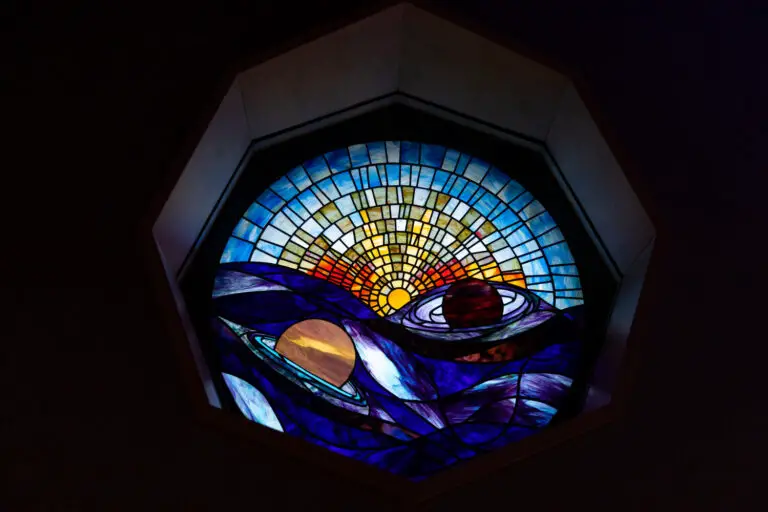
Assembled by Francis Manzella, a studio designer whose work spans nearly 40 years, the studio’s intrigue is fittingly matched by the space’s history. The building was originally a synagogue in the early 1900s, with prayer book pages being discovered between the bricks during construction. It also saw intriguing use during prohibition, when the space housed a whisky still.
D70’s adherence to this unique background can be found in Studio One, their “flagship tracking room.” 20 feet tall and 730 sq. ft wide, this space is comprised of a control room, live room (315 sq. ft), and isolation booth, which are arranged with a collective line of sight between all three areas. Studio One has a wide range of audio equipment and instruments available, and the live room is decorated by a custom stained glass window and a mural by Florida graphic artist Marlon Pruz.
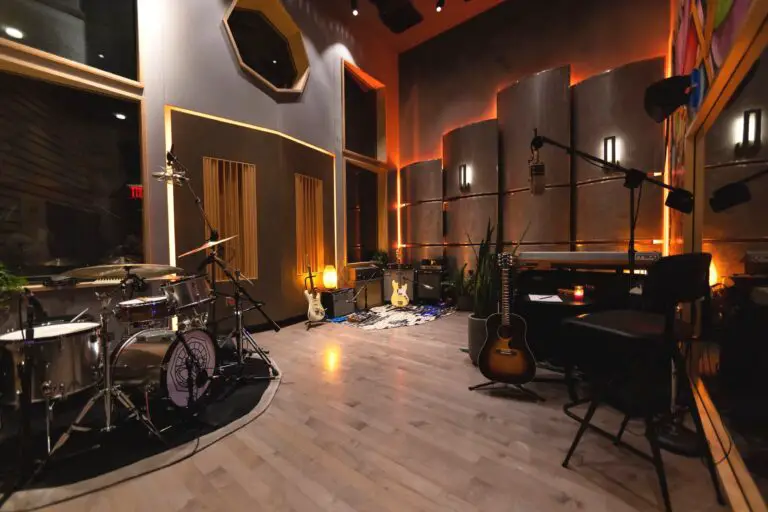
Dimension 70’s other recording space, the 10′ by 11′ Studio Two, is the domain of mixing and mastering engineer Joshua Pleeter. Pleeter has engineered on records by artists such as Topaz Jones, Gabriel Garzón-Montano, Princess Nokia, with marks of his D70 residency including work on records by Felly, Carrtoons, and Masego. While obviously not on the same physical scale of its companion recording space, Studio Two does have its own collection of audio equipment and instruments for artist use.
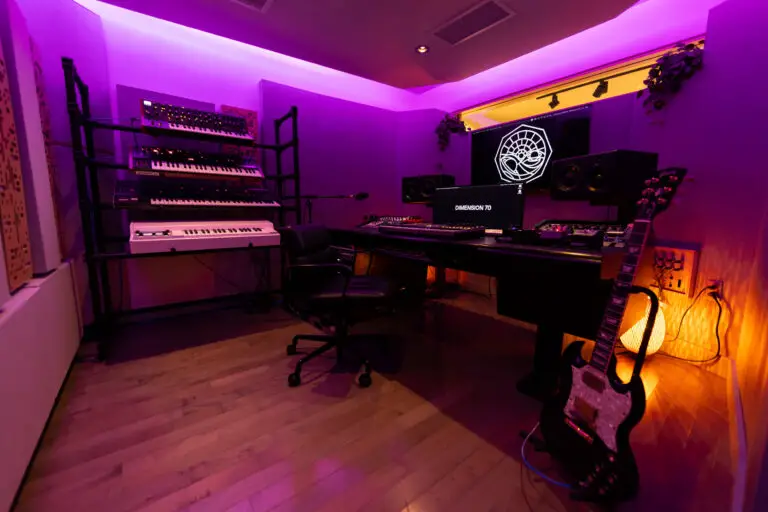
Aside from the two recording areas, Dimension 70’s building includes a lounge room with assortments of vinyl records and gaming consoles, a workplace with a meeting table and flatscreen, and a kitchen.
In their quest to make a space as artist-accommodating as possible, in October 2020, D70 launched their Time & Space program. Time & Space offers musicians 10 hours of free recording time and 10 hours to gift to another creator of their choice. To apply for this limited opportunity, artists have to share one story and one post to Instagram. The last winner of free studio time was Orrin, a now LA-based rapper back in March 2021.
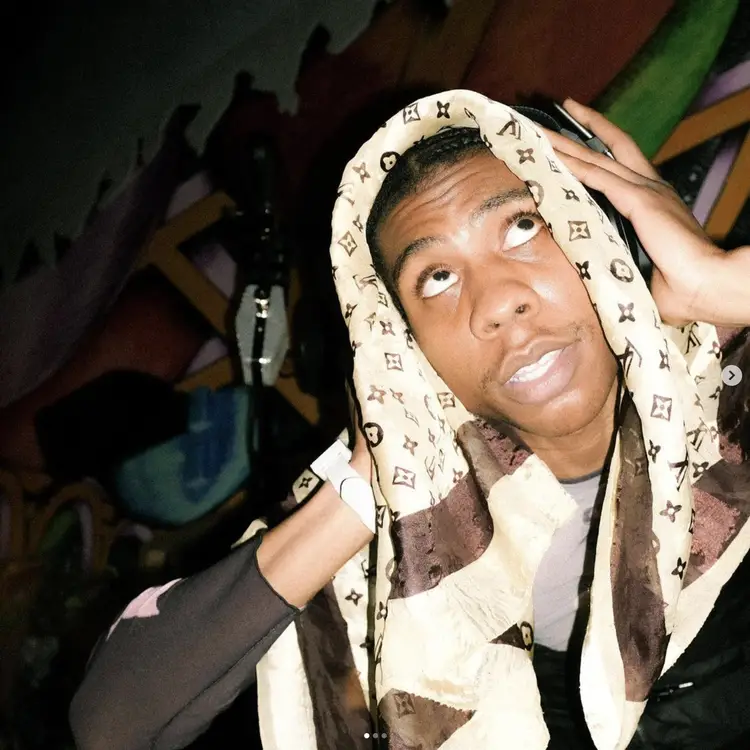
In just under three years, Dimension 70 has managed to build itself a strong network. Over 90 different artists have worked on projects at the studio, with big names such as Camila Cabello, 88rising, and Magdalena Bay leaving their mark in the building.
With plenty of distance covered as a business, a thoughtfully arranged studio, and business policy, there is likely much more to come from Dimension 70.
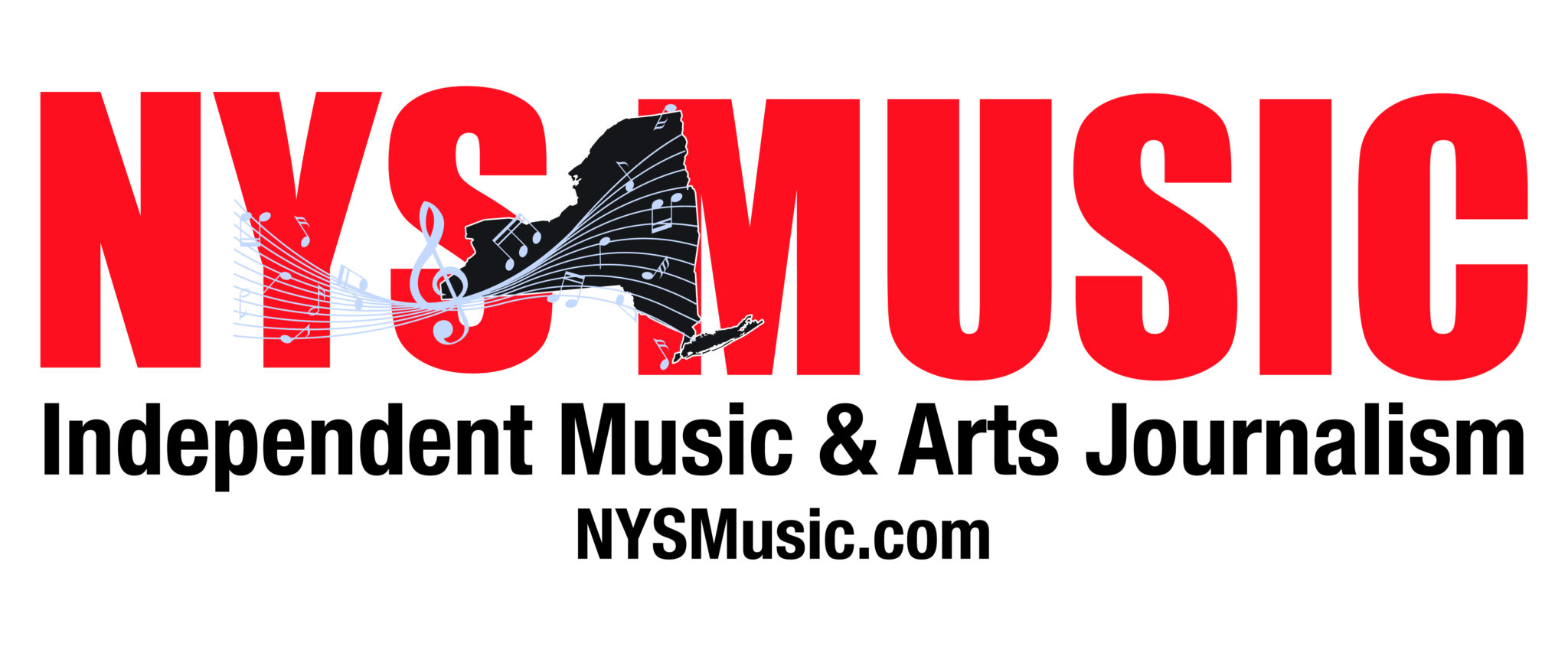

Comments are closed.